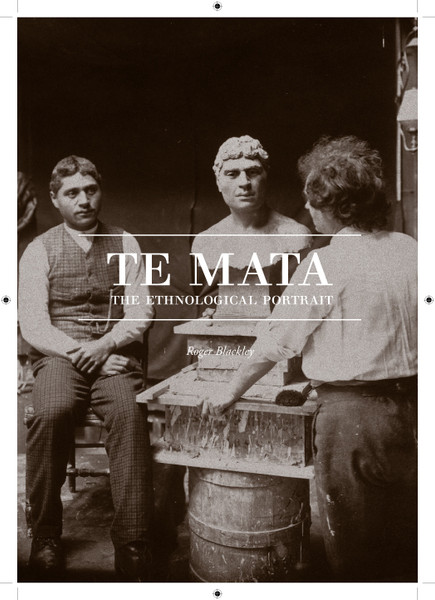Hide Description- Show Description+
February 2010
Te Mata: The Ethnological Portrait is an important new addition to the analysis of portraiture in a New Zealand context, authored by leading colonial art historian Roger Blackley. Based on an exhibition at the Adam Art Gallery, Victoria University of Wellington in 2008, this publication offers a fascinating reading of a unique but little-known series of Māori portrait busts, now languishing in a storeroom at Te Papa, that were created in 1908 by the itinerant Anglo-Australian sculptor Nelson Illingworth. In an essay based on intensive new research, Blackley considers the history and function of these turn-of-the-century depictions within an ethnological and art historical frame.
Commissioned by Dominion Museum director Augustus Hamilton, who intended them for the portrait gallery of an unrealised National Māori Museum, Illingworth’s busts were to immortalise fast-disappearing Māori ‘types’. Blackley places these fascinating sculptures within a history of Māori depictions, exploring some of the tensions inherent in the ethnological portrait tradition. He considers the question of how artistic style and genre conventions vied with the scientific requirements of objective description, foregrounding the tension between the realism and authority of individual depiction and the ethnological quest for a Māori racial ‘type’, an ideal that any single individual could only imperfectly inhabit. Blackley reveals how ideals drawn from classical art and the popular pseudo-science of phrenology bled into what was supposed to be a scientific undertaking, resulting in objects that were closer to works of art than specimens of ethnology. Having transcended their original museological purposes, the busts can now be recognised as significant ancestral portraits – the status they always enjoyed in the Māori world.
Te Mata: The Ethnological Portrait catalogues the 2008 Adam Art Gallery exhibition (which was staged on the centenary of Illingworth’s production) and serves as a provocative essay intended to reclaim one of the most fascinating rooms in our national portrait gallery.






